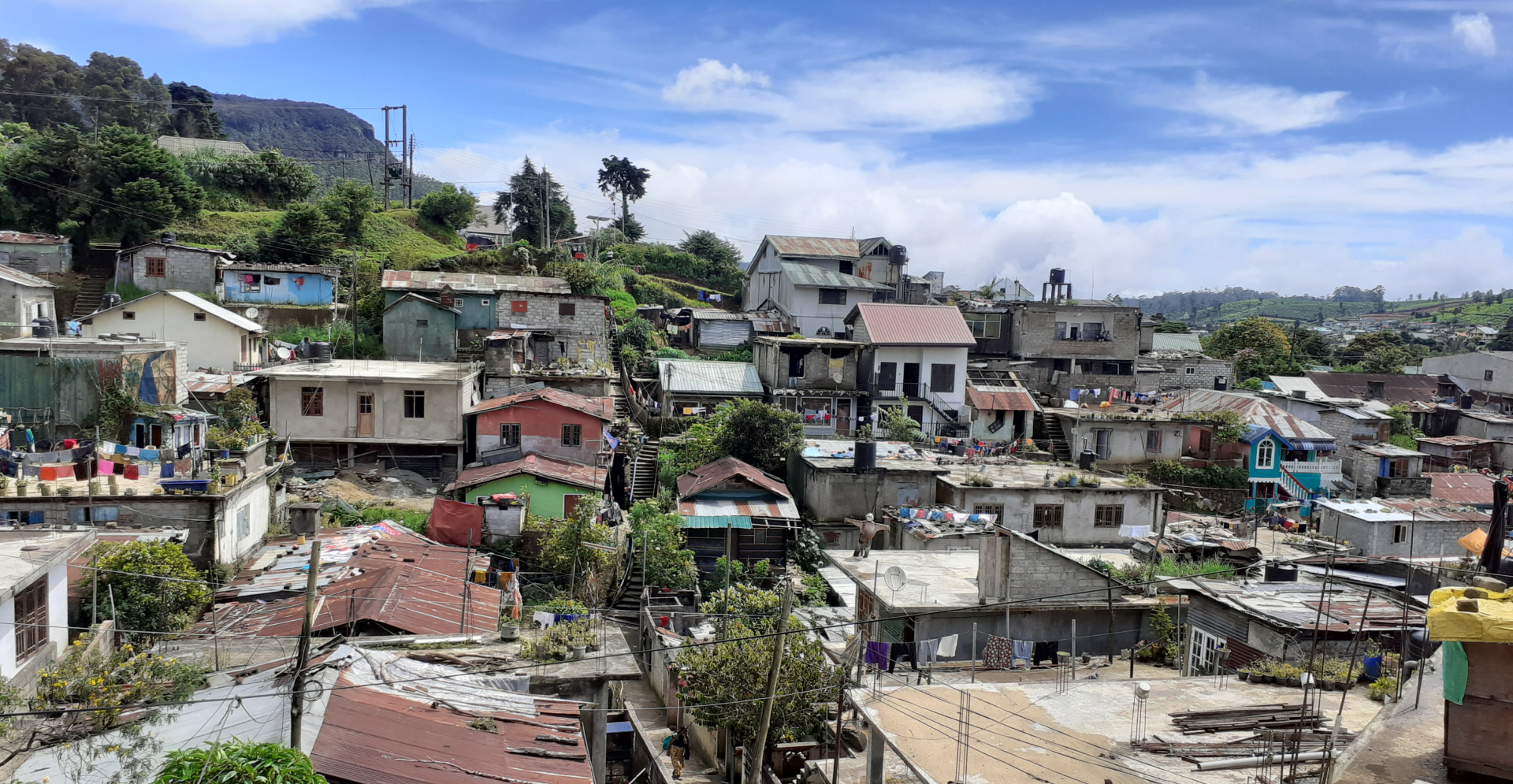Central Sri Lanka is home to sewerage systems that are about a century old. Their soak pits already tend to overflow, leading to the contamination of nearby freshwater sources. This runs the risk of waterborne illnesses, disruption to livelihood and damage to the ecosystem. With over 200 families and hospitals depending on it for their daily water supply, the system is in dire need of an upgrade.
Digging deeper into the wastewater issues
According to a 2023 UNESCO report, about 44% of global domestic wastewater was not properly treated before being released into the environment in 2020. This observation rings true in Sri Lanka, particularly in the Central Province, which is known for its vast tea plantations. In 2019, the Central Province contributed to approximately 11%2 to the country’s GDP, making it the second-largest GDP contributor. However, certain areas in the Nuwara Eliya district, a major tourist destination, face challenges in treating wastewater, which poses risks to the well-being of residents, their livelihoods and the environment:
Srinagar settlement — Approximately 800 people live in this hilly, high-density community known as 'clustered housing Its century-old sewerage system, with soak pits, is already overflowing.
Haputale Hospital — Built almost a century ago, this hospital can serve up to 500 patients at its peak. Wastewater was originally managed through septic tanks and soak pits. It also features a now-abandoned wastewater treatment plant from which contaminated water flows downstream.
Rikillagaskada Base Hospital — This facility serves approximately 1,300 patients. Its wastewater is currently managed through a basic system of septic tank and soak pits. Despite this, the place still needs a dedicated wastewater treatment plant.
In all these locations, untreated wastewater is being released into the surroundings, creating significant risks to the environment and public health. This is why our Shelter mission team chose to focus on these areas.
Pooling the new and old together
In collaboration with UN-Habitat, the Shelter program’s team of engineers from the UK and India focused on sustainable wastewater treatment and management solutions for all project locations. To better understand the community’s needs, we sought feedback from end users, such as community members, local engineers and hospital management.
One main consideration is land availability at the Srinagar settlement. To address this, we assessed different viable locations for installing the new treatment facility. The team also recommended diverting wastewater through older but still functional drains and using gravity to drive the liquid through shallow channels into the new treatment plant.
A visit to a supplier warehouse helped us learn about the 'Johkasou' concept of decentralized wastewater treatment, along with live demonstrations of the treatment units. One of the compact units installed in one of the hospitals allowed us to better understand its performance in the field. Both visits provided us with helpful insights to improve our proposals.

Clearer waters ahead
Overall, our design sought to maximize the use of older existing structures. For example, the team observed that the Haputale Hospital treatment plant’s concrete build was still usable despite some cracks. After a detailed assessment of the structure and asset capacities, the team recommended the potential reuse of the plant, following the repair of affected areas. The team also proposed recommendations for new infrastructure, such as manholes and sewers, and developed preliminary size estimates for assessing proposed package plant units.




